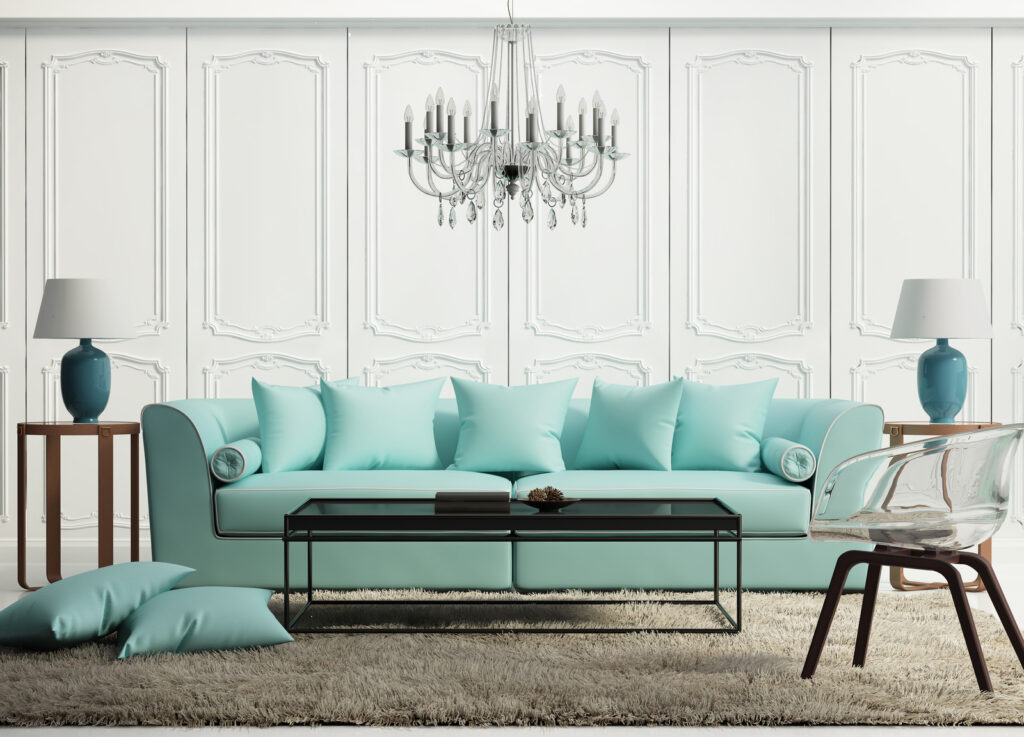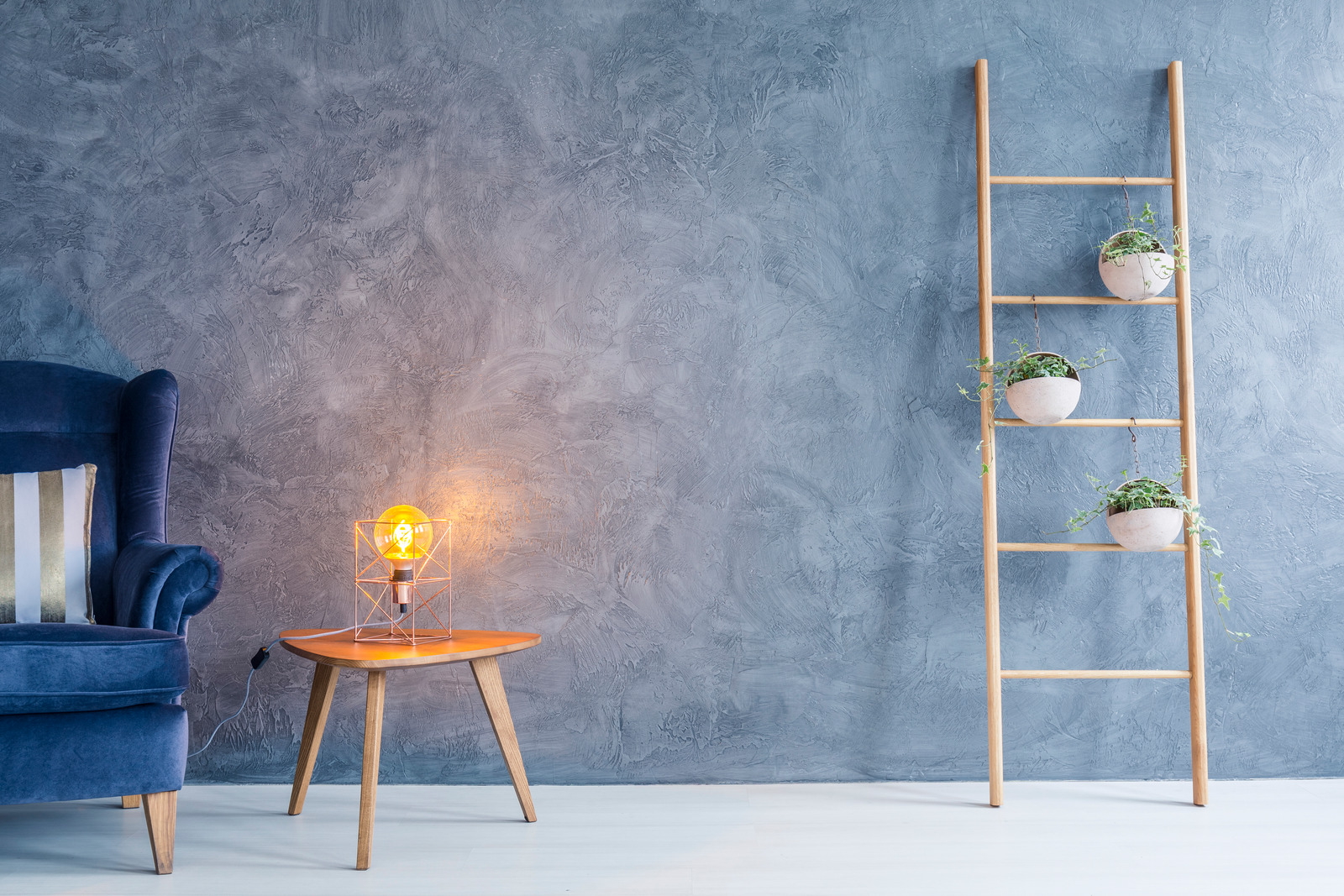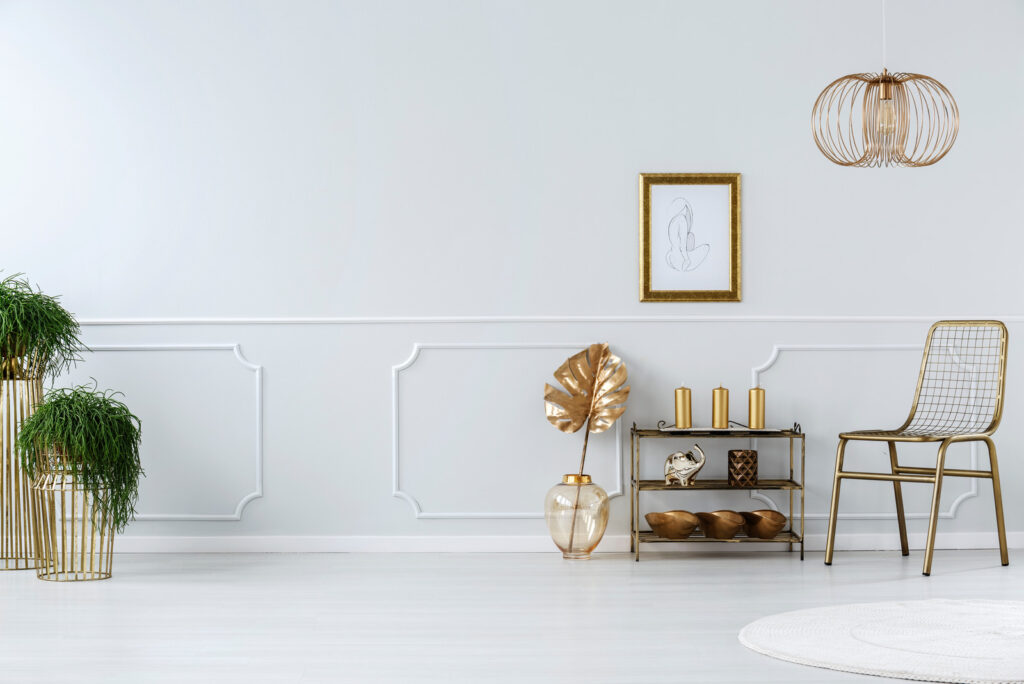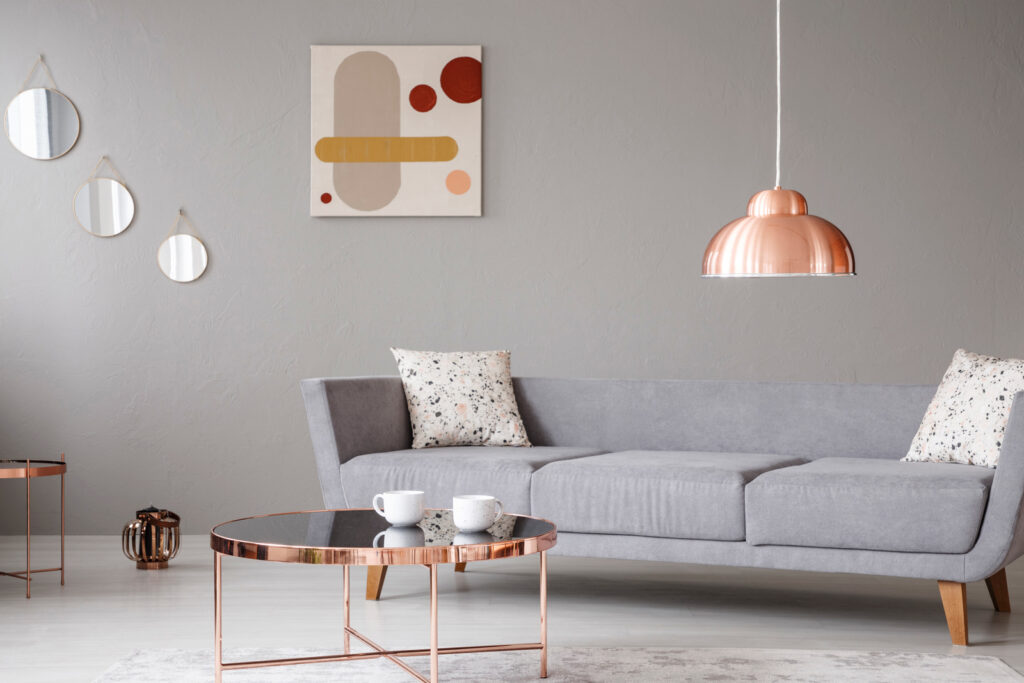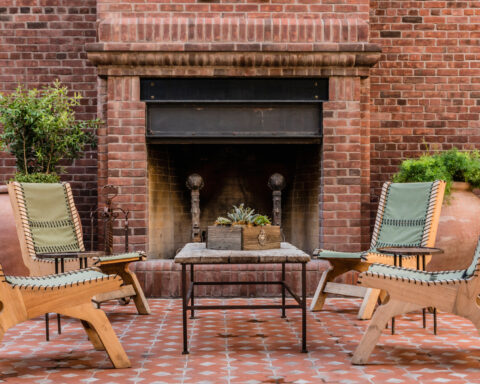Do you ever find yourself feeling cheerful on a bright, sunny day? Or perhaps you find yourself more contemplative during a thunderstorm?
If you’ve ever been in such a situation where your mood seems to be affected by the surrounding lighting, it’s no coincidence. Many recent studies show that lighting has a substantial psychological impact on our bodies. This can alter our moods as well as affect our well-being. The same effect applies to interior home lighting too. Different intensities of light have other impacts on one’s productivity and creative levels. In addition, prolonged exposure to all these lights can have significant effects on your mood and well-being. So, what are these different types of lights, and how exactly do they affect you? Let’s take a look:
Bright Lighting
Research studies show that the intensity of both negative and positive emotions increases under brighter lights. Consequently, even our moods are felt more intensely. For instance, if you get easily aggravated on hot summer days, continuous exposure to bright light will probably put you in an irritable mood.
Blue Lighting
The most common source of indoor light is Blue Light. LED bulbs, fluorescent lighting, TV, and such are all sources of Blue Light. It’s everywhere, and there’s a good reason—blue light makes information processing easier and helps increase focus. However, continued exposure to blue light strains the eyes, and the heightened alertness affects sleep quality. Sleep deprivation, in turn, causes various side effects that slowly deteriorate the person’s well-being.
Dimmed Lighting
Lower levels of light intensity relax your eyes as well as your brain activity. Therefore, dimming down the light an hour or so before bedtime can help you sleep better. Additionally, the reduced cognitive activity makes mealtimes more enjoyable as this effect results in a slower eating pace, enabling you to savor your food better.
Natural & Simulated Natural Lighting
Natural daylight helps you to stay awake during the daytime. This, in turn, helps you get better sleep at night, which is essential for keeping you in a good mood. On the other hand, simulated natural lighting can help maintain the cheerful ambiance of your home even during the cold, dreary monsoon, and winter months. It’s especially helpful in preventing seasonal depressive disorders.
Setting the Right Mood
At the end of the day, it all comes down to how comfortable you feel in your home. While style and beauty remain integral parts of interior design, the ambiance you create is what will truly define your space. Incorporate these different types of lighting to create a space that prioritizes your well-being without sacrificing your unique style.
